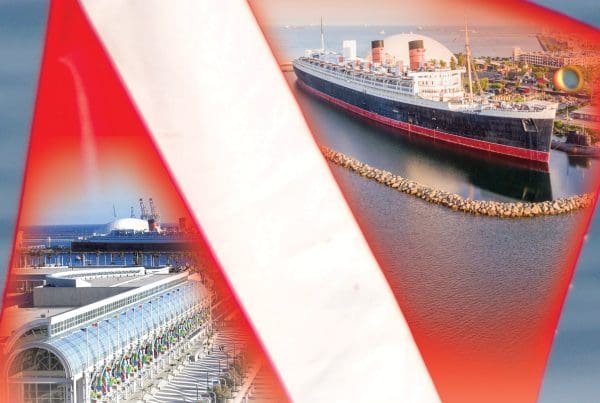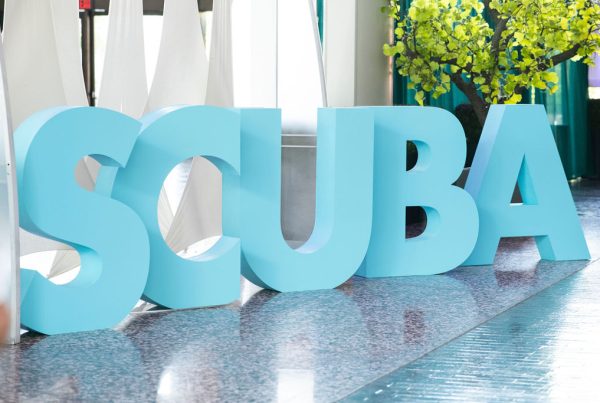Sushi lovers nationwide now have a way to make seafood choices that please the palate and safeguard the world’s ocean wildlife.
Three leading ocean conservation organizations—Blue Ocean Institute, Environmental Defense Fund and the Monterey Bay Aquarium—have now made available to the public color-coded consumer guides ranking popular sushi selections based on whether they are prepared using seafood that’s caught or farmed in ways that harm the ocean or pose a health risk to people.
While the consumer guides—in print, online and mobile device versions—differ in appearance, they are based on similar data, and offer one consistent message: Sushi choices by individual consumers have an impact on the future of the ocean.
“For the first time, sushi lovers have tools that enable them to join the growing movement of those making ocean-friendly choices that protect life in the seas now and for generations to come,” said Julie Pareles, executive director of Blue Ocean Institute (www.blueocean.org).
“These new guides not only enable sushi lovers to choose fish that are caught or farmed responsibly, they also highlight selections that are healthy for them and their families,” said Tim Fitzgerald, marine scientist for Environmental Defense Fund (www.edf.org).
“The reality is quite simple,” said Sheila Bowman, Seafood Watch outreach manager at the Monterey Bay Aquarium (www.montereybayaquarium.org). “If you care about the future of the oceans, you’ll avoid red-listed sushi.”
For sushi aficionados, that means both pleasant surprises—and some disappointments. Popular items like bluefin tuna (hon maguro/kuro maguro) and freshwater eel (unagi) are firmly on the “red” list, as is farmed salmon (sake). These species are either overfished, farmed with aquaculture methods that pollute the ocean, or caught using methods that destroy ocean habitats or kill large amounts of other sea life.
Items like wild-caught Alaska salmon (sake), farmed scallops (hotate) and Pacific halibut (hirame) are more sustainable choices, in part because they come from abundant, well-managed fisheries or—in the case of scallops—are raised using sustainable aquaculture methods.
All three guides offer a substantially consistent message about the best selections, as well as the fish to avoid when choosing sushi.
All three guides incorporate human health recommendations from Environmental Defense Fund, and fish that contain levels of mercury or PCBs that may pose a health risk to adults or children are flagged. Fisheries researchers from the Blue Ocean Institute and Monterey Bay Aquarium evaluated the seafood species included on the guides. The Monterey Bay Aquarium seafood rankings are the basis for items selected by Environmental Defense Fund for inclusion in its sushi guide.
Blue Ocean Institute sushi guides are available at www.blueocean.org, Environmental Defense Fund guides at www.edf.org/seafood, and Monterey Bay Aquarium Seafood Watch sushi guides at www.seafoodwatch.org.
Blue Ocean Institute, Monterey Bay Aquarium, and Environmental Defense Fund are also part of a larger consortium of marine conservation organizations known as the Conservation Alliance for Seafood Solutions (www.solutionsforseafood.org). In May, the consortium released its “Common Vision for Environmentally Sustainable Seafood,” promoting steps companies can take to develop and implement comprehensive corporate policies on sustainable wild-caught and farmed seafood.










